
Harley-Davidson Likely To Launch Three New Bikes
- Jan 8, 2018
- Views : 16456

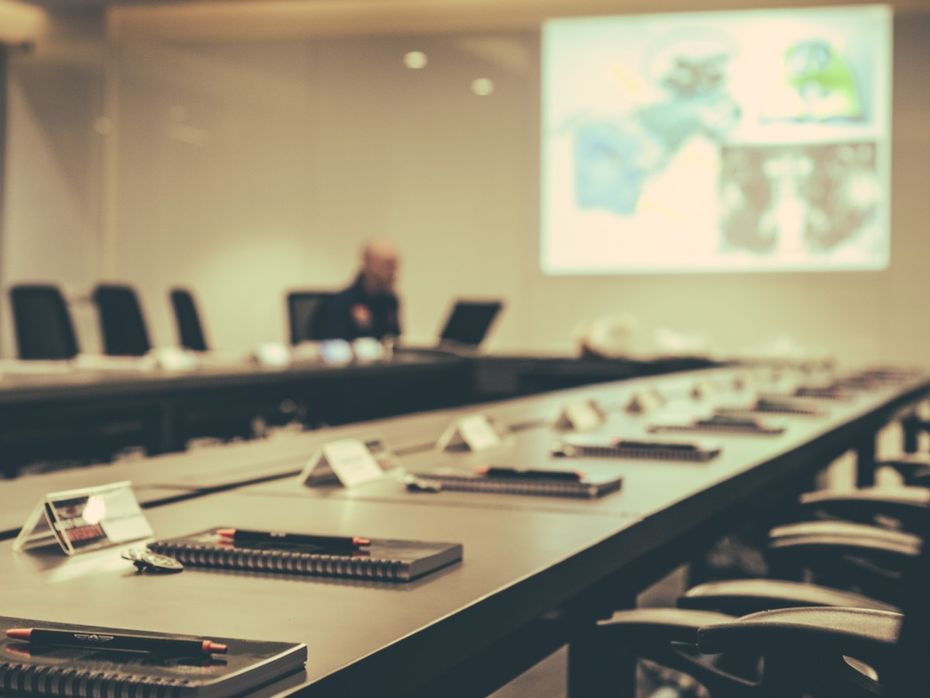
Our job as automobile journalists mainly entail driving cars and riding bikes, and reviewing them as a whole. So when Harley-Davidson called us asking if we would like to dismantle and rebuild a new Milwaukee Eight engine, the request seemed certainly odd. The idea was to experience what a new trainee technician or engineer would as he or she learns the ropes at Harley’s new learning centre. This would include not just theory but also getting the proverbial grease under your fingernails as you learn how to properly strip down a monster of a V-twin motor. I, being one who has handled tools in the past (I did serve a stint at Tata Motors before pursuing journalism), was picked for this endeavour. So off I went for two days, trading riding gloves for a set of spanners.
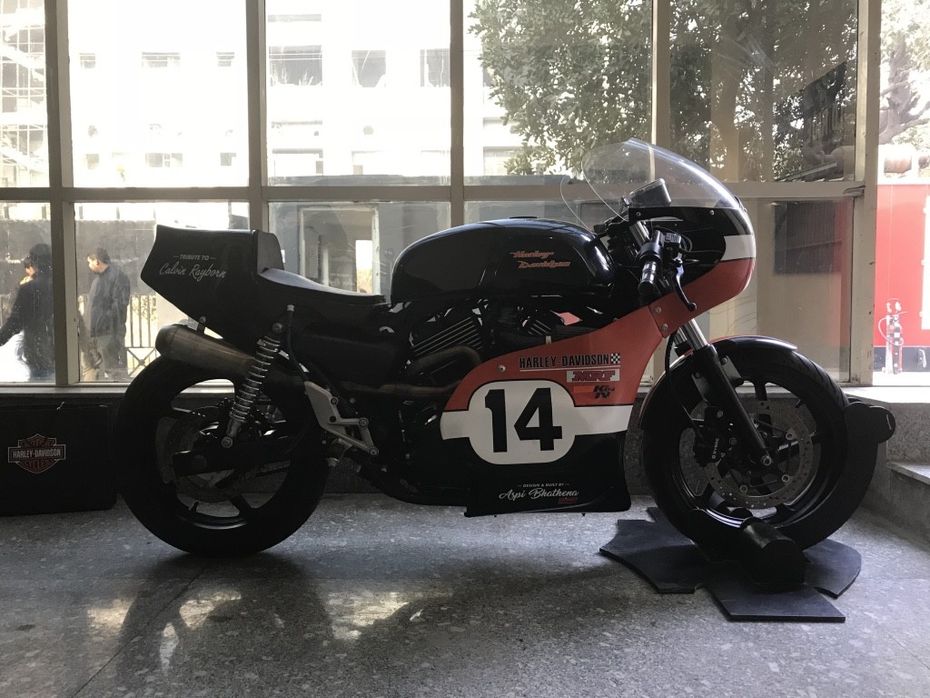
Situated in Gurgaon, the dusty capital of Haryana, the learning centre occupies the first floor of Capital Harley-Davidson dealership. It is a vast complex and includes provisions for both technical and soft skill training. Enter the lobby and you are greeted by a Harley-Davidson GP race replica. Harley might be into cruisers now but they did race in the American Motorcyclist Association road racing series. As you make your way up the stairs and through the glass doors you will notice a few MY2018 bikes like the Street Bob, Fat Bob and Fat Boy discreetly parked inside. They all house the 107 cu in or 1745cc Milwaukee-Eight V-twins which we will be getting to know inside out. Literally.
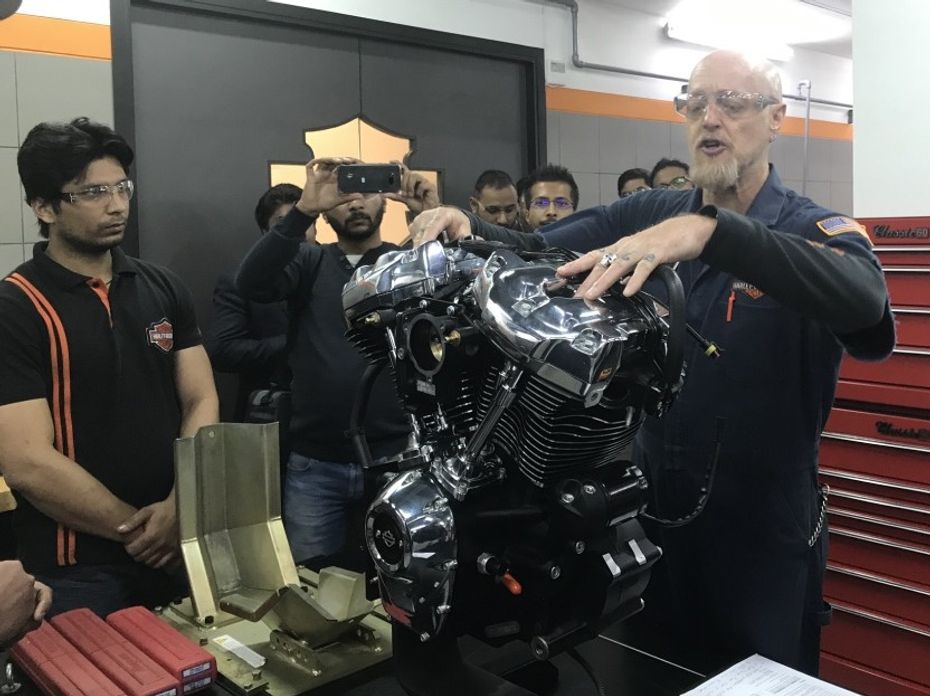
It starts with an introduction to John McEaney, head of technical training for all emerging markets and the man to congratulate if you are a Harley owner satisfied with the service of your bike. He is the typical Harley guy, lanky, shaved head, a large beard and arms full of tattoos. He also loves swearing under his breath everytime we screwed up. After the greets and a theory lesson about the engine, it was time to get hands on with a motor. We were led to a service bay that housed seven lifts. Above each lift sat a brand new V-twin motor sans the airbox cover. It is a thing of beauty, with its large blacked out fins exuding the charm of a simple air-cooled motor. Except the fact that simple it ain’t. As we learned later in the day, the motor housed many technological updates to take the fight to most modern motors.
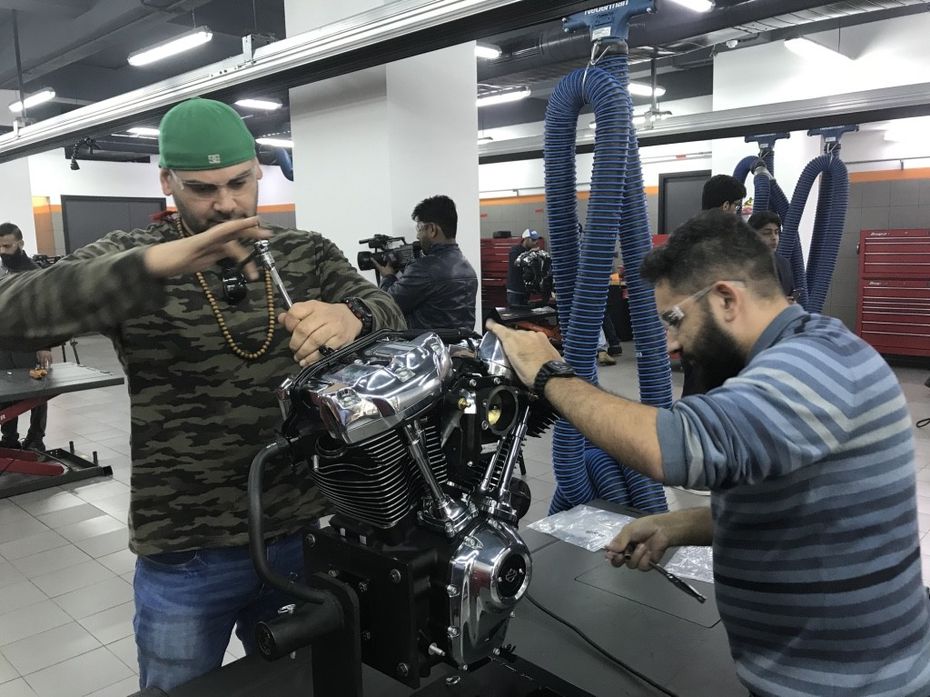
We were divided into teams of three. I got paired with Jared and Rahul from AutoX, both of whom were not trained in the ways of a wrenching Jedi master. For one you need patience, lots of it. Then you need to know your ways around you weapons err... tools. Then comes precision as it is quite easy to break a nut or stud. Well, we all did learn a lot by the end of it.
To make matters easy, we had access to a large chest of drawers housing a huge stockpile of tools. You name it, we probably had it. In addition to your spanners and sockets, the toolbox housed a lot of special tools.
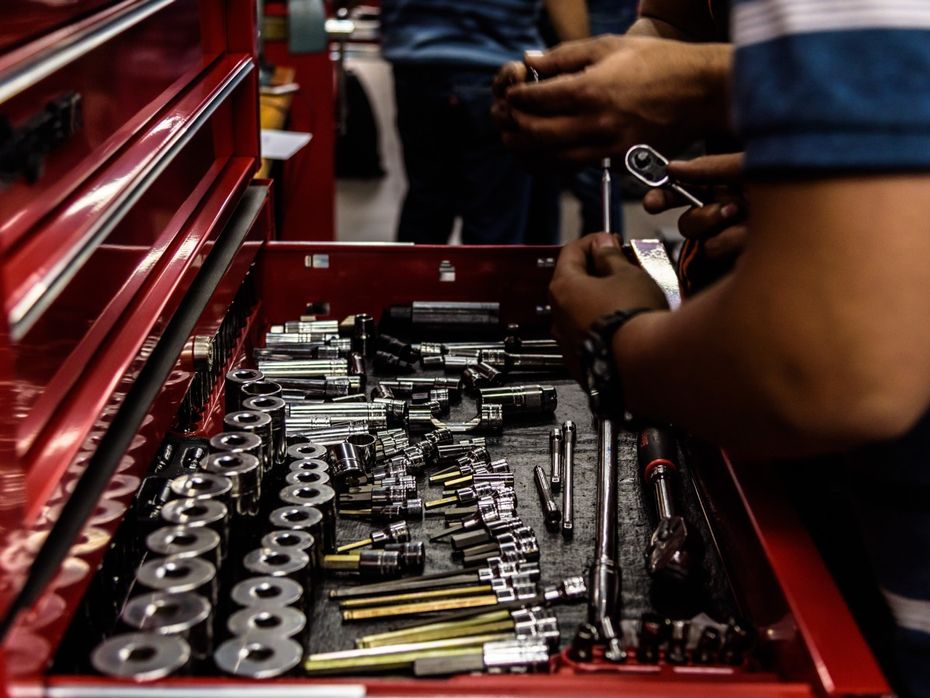
It begins by taking off the oil lines over the cylinder heads. The new motor gets what you call precision oil cooling. It has oil lines that carry oil under pressure to precise spots in the cylinder head where it gets the hottest. This helps in a more even and efficient cooling throughout the motor. Removing the chrome cylinder head rocker covers need a specific loosening procedure where each nut has to be loosened evenly and in sequence. A 300 page technical manual is thrown at you, with a process booklet and a laptop with preloaded instructions on standby. It feels like performing surgery while simultaneously learning about it. Next up is the throttle body. A bit of jimmying it around had the complete throttle body assembly in our hand. Here’s when you realise how well Harley-Davidson has managed to keep the weight of its engines down. The plastic unibody is lightweight despite having an intake opening you can put a fist through. Harley claims 50 per cent more air flow, a huge improvement.
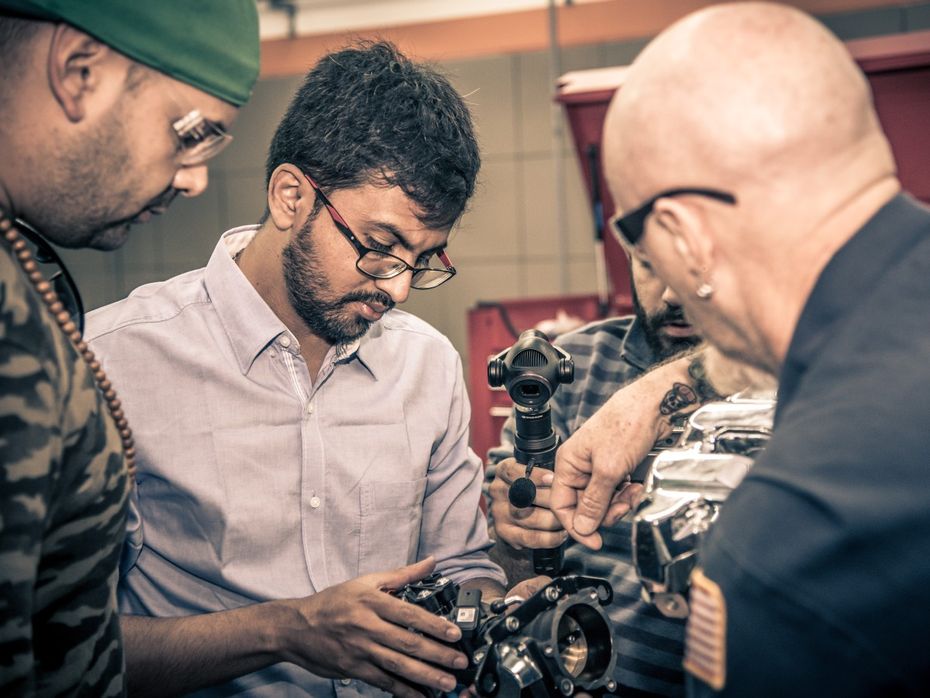
Once the throttle body is off, we focus our attention towards the cylinder head. Once off, a peek into the cylinder reveals how little space the piston requires at top dead center. Traditional long stroke engines have a deep combustion chamber but this one is dome shaped, the dome being scooped into the cylinder head. It is an efficient way to increase surface area for better efficiency. The engine has been designed to provide the best combustion flow rate with four valves and two spark plugs.
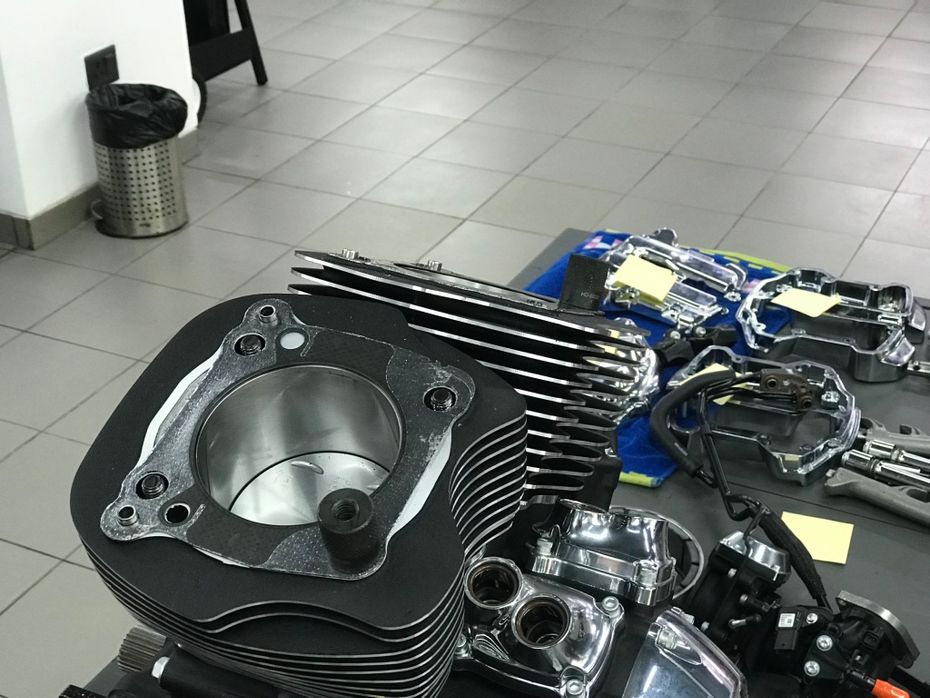
Time to take off the cylinder blocks. It is a surprisingly easy affair as the cylinders weigh very less. Harley has switched to aluminium cylinder blocks and cylinder heads for better heat dissipation and also keep overall weight down. Even the piston is made of aluminium, carrying a flatter surface profile with indentations for the four valves. A lighter piston should mean less reciprocating mass and faster rev-ability.
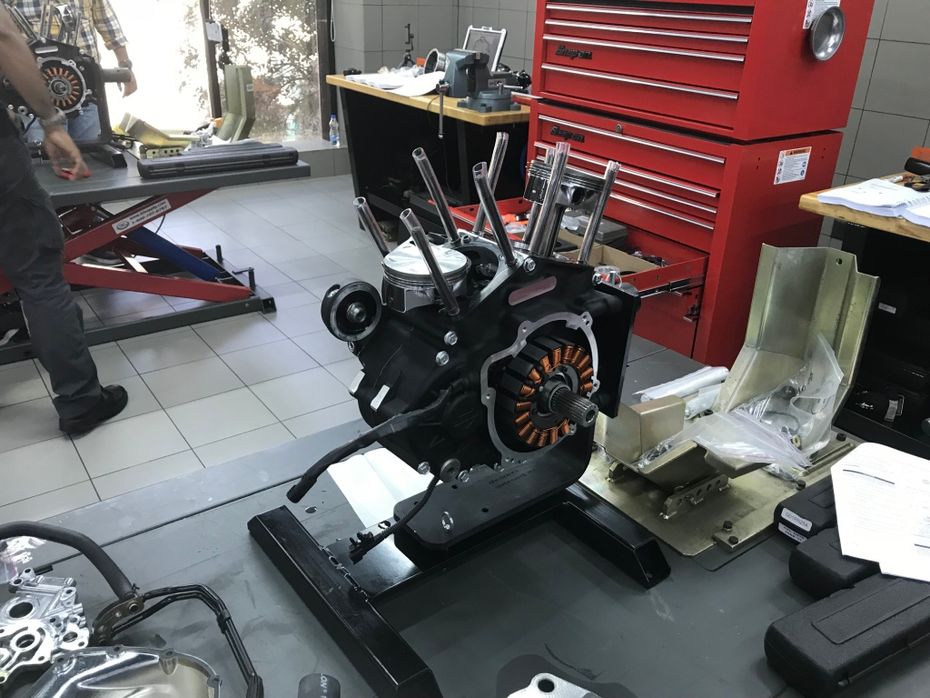
Once the pushrods and oil pump were out of the way, we had the single camshaft out. The new single camshaft in each bank does the work of four camshafts. Obvious advantages are less weight and less noise. A further reduction in noise comes in the form of a chain-driven cam instead of gears and with a spring loaded adjuster so you do not have to worry about regular cam adjustment.
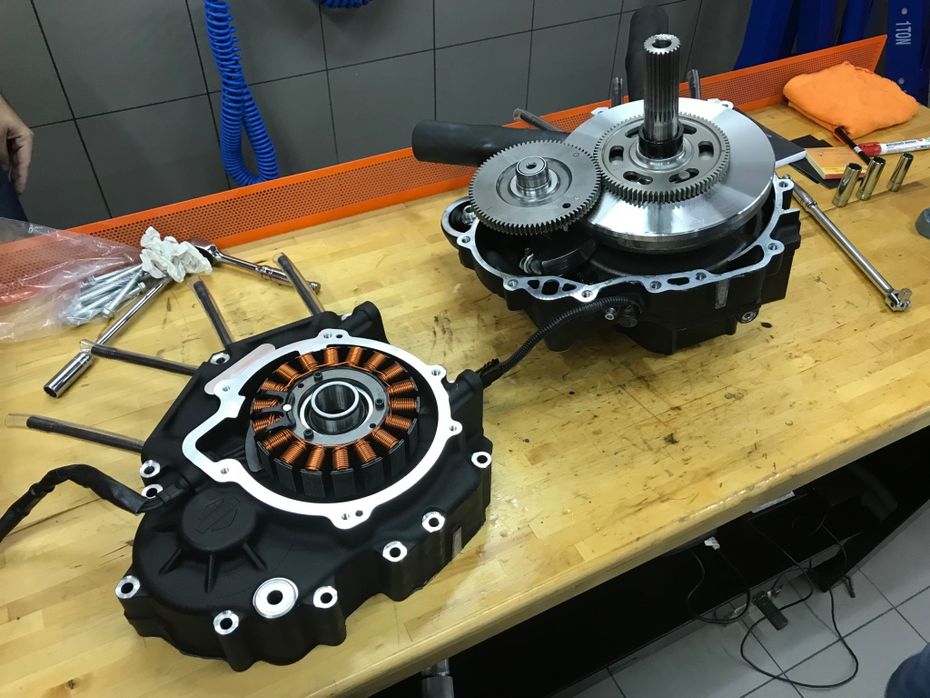
We are at the last stage and the only thing remaining is to take the crankshaft out. Once the crankcase is separated, you can see the crankshaft mated by gears to a balancer shaft. The balancer shaft is large enough to be mistaken as a 150cc bike’s crankshaft but is said to cancel out 75 per cent of primary vibrations!
Engine dismantled and laid out neatly on the table, we were feeling smug but then someone exclaimed that it all needs to be put back together. With no spare bolts.
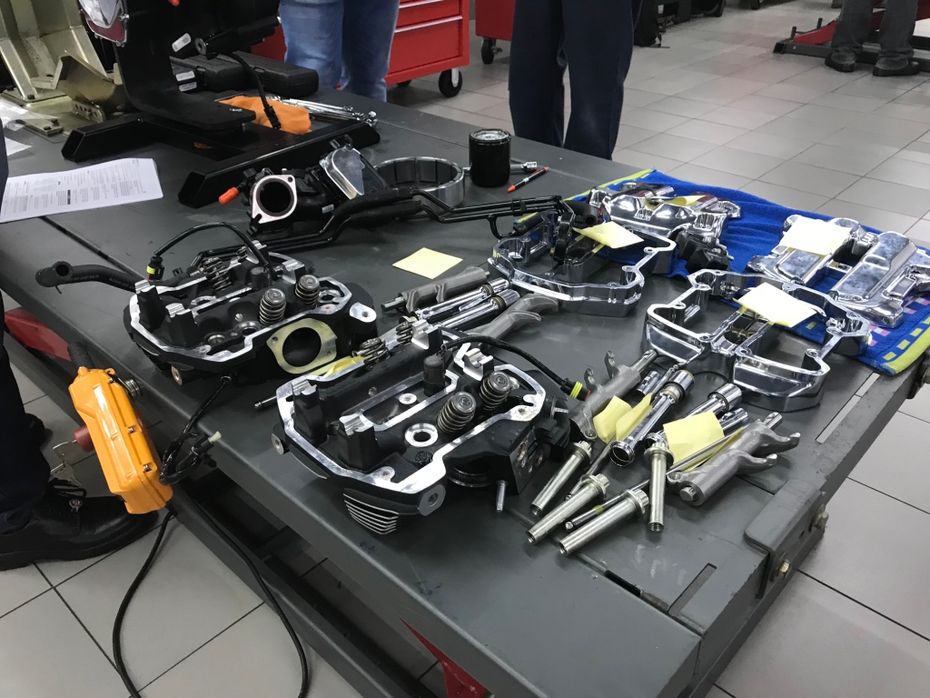
It's a good thing that we put the bolts in separate plastic packets and marked the sequence everything goes back in. It's a smooth run until we manage to bend a piston ring. Fitting the piston ring is a two man job and us butterfingers managed to screw it up. And that wasn't the only thing we managed to break. At the very end, we did over-tighten a screw, which had it shear off into the cylinder head. Yep, that signals the end of a successful career in repairing motorcycles for any of us three.
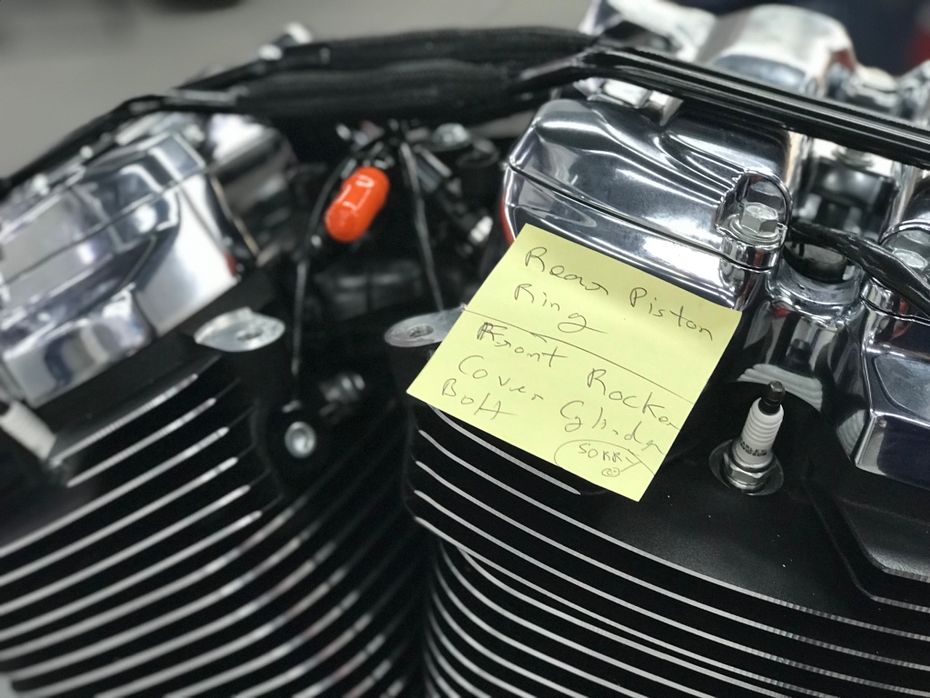
The satisfaction of building an engine aside, we did come back with a newfound respect for the work technicians put in. We are told that an experienced mechanic can single handedly strip down or rebuild an engine inside three hours! It’s also heartening to know that the technicians who work on Harleys will be better experienced and better equipped to handle all new engine technologies. Above all, the insight into Harley’s newest engines makes me want to ride the new bikes. In the end, we did not have any spare bolts lying around, just a bent piston ring and half a nut which I’m sure now sits on Rahul's desk.

Harley-Davidson Likely To Launch Three New Bikes

2017 EICMA Show: Harley-Davidson Sport Glide 2018 Unveiled

2018 Harley-Davidson Softail Range Launched In India

Interview with Chetaan Shedjale - Chief Designer, Harley-Davidson...

Shock Treatment: Harley Goes Back To Its Cruiser Roots With The...

Upcoming Two-Wheeler Launches In March 2024

Bajaj Pulsar NS400 India Launch In April 2024

EXCLUSIVE: Upcoming Bajaj CNG Bike Spotted Testing Again

Yezdi 500cc Retro Bike, Yezdi Streetfighter 334, And Adventure Rally...

BREAKING: Ather Rizta Electric Scooter To Launch On April 6
India's largest automotive community